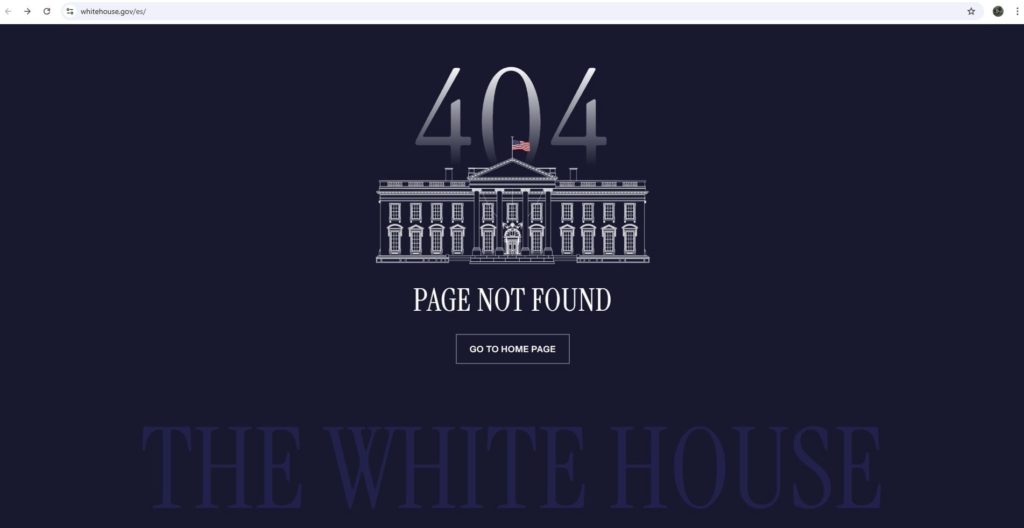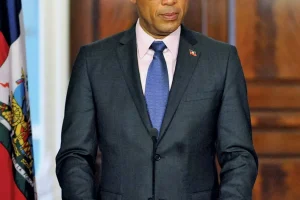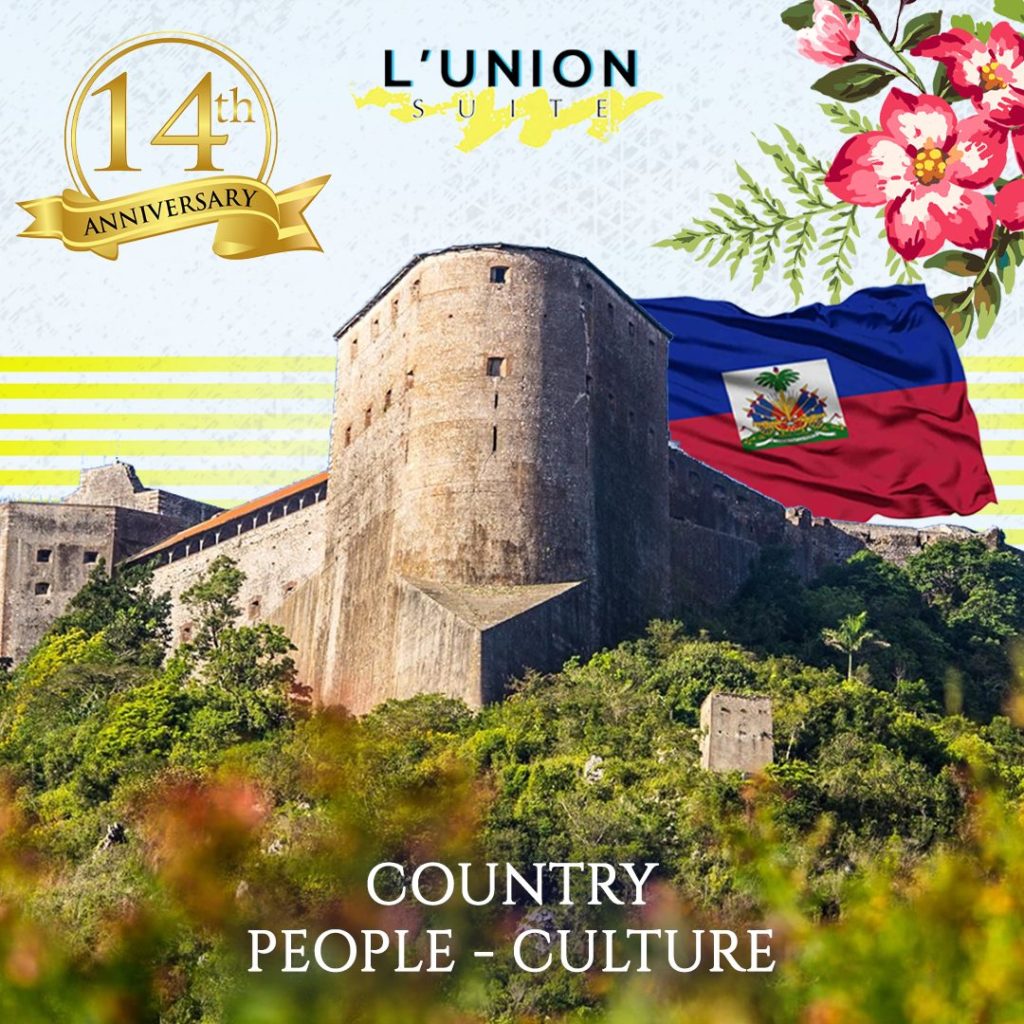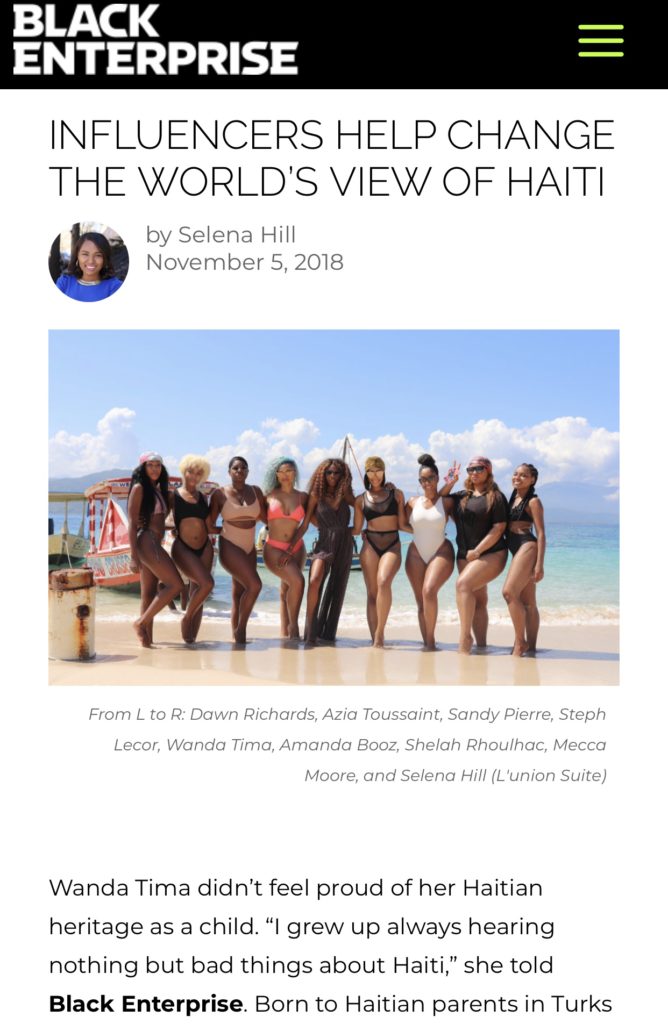Within hours of President Donald Trump’s inauguration, his administration removed the Spanish-language version of the official White House website. Previously accessible at whitehouse.gov/es, the site now displays an “Error 404” message. This sudden change has sparked outrage among Hispanic advocacy groups and community leaders, who view it as a dismissive move against Latino communities, a demographic that played a crucial role in the election.
In addition to the removal of the Spanish-language website, other platforms catering to Spanish-speaking audiences were also deactivated. These include the White House’s Spanish-language social media account, @LaCasaBlanca on X (formerly Twitter), and a government webpage on reproductive freedom. Advocacy groups argue that these actions undermine efforts to engage and inform Spanish-speaking populati
ons about critical government policies.
Official Response Offers Little Clarity
When questioned about the decision, White House Principal Deputy Press Secretary Harrison Fields assured that the administration remains “committed to bringing back online the Spanish translation section of the website.” Fields explained that the White House is in the process of
editing and updating its content, which necessitated the temporary removal of some archived materials. However, he did not provide a timeline for when the Spanish-language site would be restored.
This isn’t the first time such a move has been made. When Trump first assumed office in 2017, his administration removed the Spanish-language White House page, promising to reinstate it. Despite this pledge, the page remained offline for his entire term. It wasn’t until President Joe Biden’s administration in 2021 that the Span
delivery drugstore
ish-language site was restored, signaling a renewed focus on inclusivity.
Limited Accessibility for Other Language Communities
The lack of a Spanish-language White House website raises broader concerns about accessibility for non-English-speaking communities. Notably, the White House has never provided a Haitian Creole version of its
we
bsite, despite the growing Haitian-American population in states like Florida and New York. While some government agencies, such as U.S. Citizenship and Immigration Services (USCIS) and FEMA, offer materials in Haitian Creole, there is no centralized effort to ensure White House communications are accessible to Haitian Creole speakers.
Advocacy Groups Speak Out
The decision to remove the Spanish-language website has drawn sharp criticism from Hispanic leaders and organizations. Monica Rivera, a Puerto Rican and Cuban American brand strategist, expressed her disapproval, stating, “There are 43 million Latinos who speak Spanish as their first language, and removing access to White House information sends a clear message about who this administration prioritizes.”
For many, this move reflects a broader lack of commitment to inclusivity and outreach to non-English-speaking communities. As advocacy groups continue to voice their concerns, the administration faces mounting pressure to address the issue and provide clarity on its plans for restoring these essential resources.
















